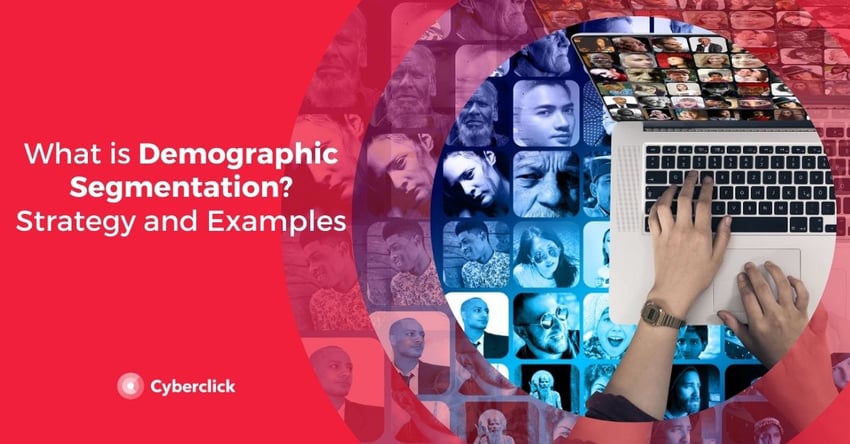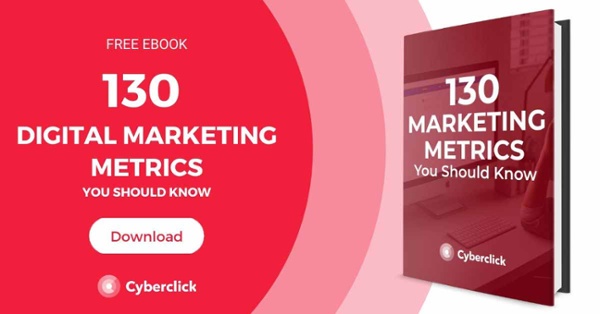Marketing to anyone and everyone just isn’t effective, let alone efficient. Products or services that appeal to a 43 year old mother of three probably won’t appeal to a 19 year old male student. Then again maybe they do!
As marketers it’s your job to identify which segments of the population you want to reach with your marketing strategy and confirm if they are in turn interested in what you are offering. Blanket marketing is a waste of resources and isn’t likely to result in much engagement. By segmenting your target audience you can define and refine more focused selling points to be highly appealing to consumers. One very important method of marketing segmentation is demographic segmentation, which we’ll discuss here.

Demographic Segmentation Definition
Demographic segmentation breaks down different market groups into segments based on factors like age, gender, profession, ethnicity and income level. Brands can then market to these segments using language and content that fits their specific persona. Think of brands like Dollar Shave Club that market to men exclusively versus brands like Fenty that focus on women. Age is another common form of demographic segmentation: If you’re marketing to ages 12-24 then TikTok and Instagram are your best bet. For ages 25-34 you might find them on Twitter.
Demographic segmentation based on gender from Fenty
This kind of messaging is much more likely to connect with audiences lead to a purchase. In turn, brands see a better ROI and also build a more loyal customer base. Demographic segmentation is easier to define and work with than say behavioral segmentation, but more specific than location based segmentation. It is a good middle point to targeting without being too vague or too narrow.
For most brands, marketing segmentation begins with defining their buyer persona(s). Every company should divide their broader audience into segments and target those groups based on differences, while also possibly discovering a common variable between these groups. They could vary greatly in age or ethnicity, but still have a unique need for what you offer.
Benefits of Demographic Segmentation
Marketing to interested buyers saves time and resources and increases ROI. In fact, email marketing using demographic segmentation increases revenue by 760% compared to no segmentation at all. Besides higher ROI, here are some more demographic segmentation benefits to consider.
More Personalized Marketing
With segmentation you can market the same product to various ages, genders, professions and other demographics based on their needs. A food delivery service, for example, feeds both busy executives and the elderly but for different reasons. A sport wagon is great for a couple with children and also handy for sporty people who haul lots of gear. Segmentation means you can personalize your message accordingly.
Build Brand Loyalty
By speaking more directly to customers in ways that build relationships, they in turn become more loyal to your brand. Different demographics face different challenges so by solving people’s specific problems, you can show that you understand them and are prepared to offer them useful products and services. This creates a more sustainable, long-term brand/buyer relationship.
Optimize Marketing and Products
By marketing to demographic segments, you will begin to narrow your buyer personas even further. A lot of brands identify sweet spots of customers who are of a certain age and income level, for example. From here they focus more resources on this demographic, including using feedback to develop even better products based on real needs. In turn this generates even higher engagement, ROI, and loyalty.
Demographic Segmentation Examples
There are many ways to segment your audience but let’s look at some of the most common examples of brands using demographic segmentation in their marketing.
Demographic Segmentation Based on Age
Age is an extremely popular demographic that marketers base their segmentation on. Products aimed at Gen Z aren’t usually in demand for baby boomers and vice versa. Travel is one industry where the services or products offered can vary greatly depending on age. ElderTreks is a company which focuses on international walking holidays for people over 50. They use imaging and language which lets seniors know they’ll be taken care of and have fun.
Demographic Segmentation Based on Income
It comes as no surprise that people with different income levels are likely buying different products. Typically people in lower income brackets are searching for bargains and value, while those with more disposable income are more likely to buy quality, luxury items. Watchmaker Tag Heuer does a fine job of targeting a higher income bracket, especially through their partnership with Porsche. The joint marketing effort displays a lifestyle of luxury, quality, and prestige.
Demographic Segmentation Based on Family Status
Whether or not people have children, or how many children they have, has a great impact on purchases. Having children brings about big changes in lifestyle and priorities. Child safety becomes a bigger concern for parents and that often includes seeking out a larger, safer car. Carmakers like Hyundai, who make the Santa Fe SUV, appeal to active parents who want a safer and more spacious vehicle that can also perform.
Inbound Marketing Strategist en Cyberclick. Graduada en Publicidad y Relaciones Públicas por la UPF. Responsable de la estrategia de inbound marketing, creación de contenidos digitales y posicionamiento web. Gestión del CRM con la herramienta HubSpot.
Inbound Marketing Strategist at Cyberclick. Helena holds a degree in Advertising and Public Relations from UPF. She specializes in inbound marketing campaigns, digital content creation and web positioning, with experience in CRM management and HubSpot.






Leave your comment and join the conversation